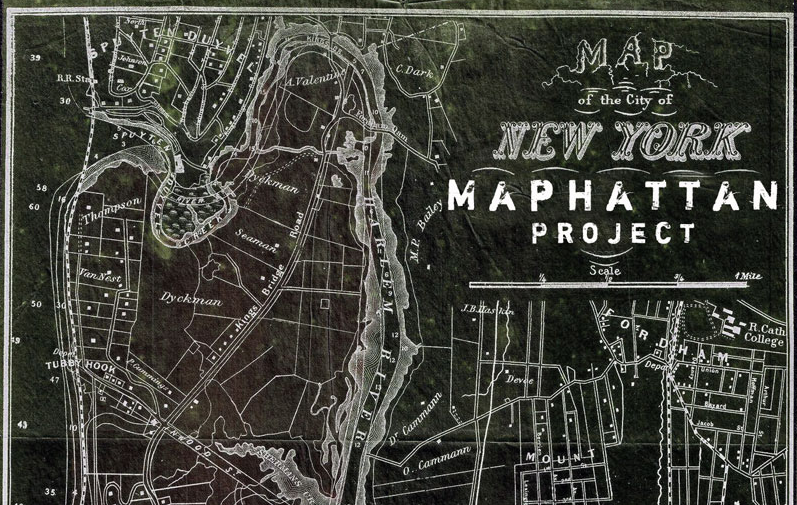There’s something beautifully liberating about walking. Sure, many people equate freedom with owning a car—the open road, the power to go wherever, whenever. But for me, real freedom looks a little different. It’s in the simplicity of walking. No baggage, no plan—just the steady rhythm of your steps and the openness of the world unfolding around you.
Sometimes there’s no destination, and that’s the point: just you, your thoughts, and the path ahead.
It’s something you can do anywhere—through city streets, across forest trails (what we often call hiking), or wandering the quiet edges of forgotten places. You’re never stuck in traffic. If you hit a barrier, you pivot. You reroute. You move on.
You never have to stop.
I’ve written before about the quiet art of flâneuring—that gentle wandering without aim, where the city reveals itself step by step. It’s a ritual my better half and I have embraced over the years, our own kind of moving meditation. Together, we’ve traced the grid of Manhattan in what we called the MaPhattan Project, roamed the worn cobbles of Rome’s rioni, meandered through Bologna’s shadowed porticoes, and covered miles of our Microcosmic Psychogeography of D.C.'s grand avenues and quiet corners. All past places of residence for us.
We walk and talk. We walk and listen, and sometimes, we walk and share bites of something warm and wrapped in paper. But always, we move forward—one foot, then the next—letting the rhythm of the road bring clarity, connection, and stillness in motion.
Food Archivist flaneuring in Meatpacking District NYC before it become douchebag central. Early naughts.
It’s one of the reasons we always found our way back to New York—the pull of the pavement, the hum of the streets beneath our feet. It is the sweeping equalizer (much like the subway) of the city in that everyone (just about) can do it - it doesn’t cost a cent. Once upon a time, Gotham belonged to the walkers. We moved through it like warriors, bold and unshaken, owning every crosswalk, every corner.
But something’s shifted.
Now the streets hum a different tune—faster, sharper, less forgiving. E-bikes flash past like ghosts, scooters weave through traffic with no regard, and cars ignore the rules like they were never written. Gotham, once ours, has become hostile to the quiet act of walking.
To step off the curb now is to take a risk—to scan left, then right, then left again, heart stuttering with every motion blurring past. But in the early mornings, when the city that never sleeps has yet to awake, one can silently flaneur.
Evidence suggests that walking has multiple health benefits. Walking briskly for 150 minutes a week can reduce risk of heart disease and overall mortality. That isn’t too hard. This NYT article summarizes some of the evidence. I try to get 150 min in and plus some every week. On average, at least according to my phone, I walk about 4.8 miles a day. I also try to walk each and every day no matter how busy I am. If you live far from work, maybe get off a train station further and walk the rest of the way. If you drive to work, maybe make a meeting a walking meeting. There are lots of ways to build it in throughout the busy days.
In a world moving towards utter chaos and disorder, walking remains a quiet act of rebellion—an invitation to slow down, to notice, to reconnect or maybe, to disconnect and put the world on pause. Step by step, it gives us back a sense of place, of presence, and of ourselves.


